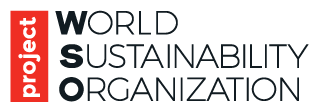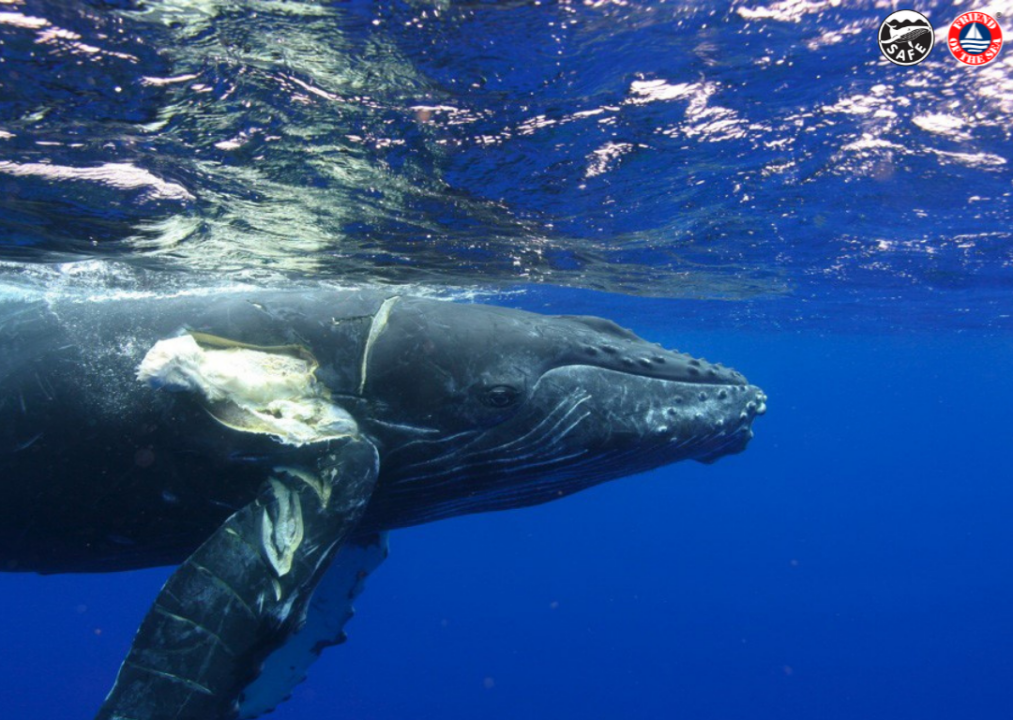Friend of the Sea Launches the Whale-Safe Certification to Stop the Death of 20.000 Whales a year.
It’s a silent massacre most people are unaware of. Every year, up to 20,000 whales die because of lethal collisions with vessels. The image of a dead whale stuck on the bow of a vast container symbolizes this painful situation. However, most of the time, their bodies sink without leaving a trace that could show the magnitude of this phenomenon.
Whale ship strikes have now become a significant threat to big cetaceans. Collisions kill 20 times more whales than the controversial practice of whale hunting or whaling.
Friend of the Sea, a program from the World Sustainability Organization, has created the Whale-Safe international certification standard to raise awareness of this problem, engage the world shipping industry and reduce lethal collisions.
THE VALUE OF A WHALE
Whales are the biggest animals on the planet. Unique, magnificent, and diverse. Some facts and figures give an account of their importance:
– Scientists are still discovering new species and subspecies. Currently, they estimate there are 90 species of cetaceans. That includes whales, dolphins, and porpoises.
– A single great whale is worth more than $2 million, according to a study by the International Monetary Fund, which takes into account the whale’s contribution to carbon capture, the fishing industry, and the whale watching sector.
– Whales help us fight climate change. A great whale can accumulate an average of 33 tons of CO2 during its life. When they die, that stock of CO2 sinks to the bottom of the ocean.
A NEW THREAT
Ship traffic has increased more than 300 percent since 1992, according to research with satellite data. It doubles every ten years, putting the entire ecosystem under pressure where whales travel, feed and breed. Furthermore, modern vessels have augmented their speed, making it more difficult to avoid a strike if, by chance, they can spot a whale on their path.
It is a worldwide phenomenon. Friend of the Sea has identified 11 high-risk areas for collisions: the Mediterranean Sea, Sri Lanka, Patagonia, Panama, and the Western Arctic. (check out the map on our dossier).
MAKING WHALES SAFE
Collisions can be prevented with the commitment of the shipping industry, partners, and consumers at the end of the supply chain. Friend of the Sea has created the Whale-Safe certification program to engage all parties in saving whales.
The certification is awarded to companies complying with following criteria:
– Implementing a permanent onboard observation system to detect whales near the vessel.
– Participating to online platforms reporting the presence of whales presence.
– Promoting and complying shifting of shipping lanes and slowdown areas to reduce the risk of collisions.
Friend of the Sea has the expertise to work alongside maritime companies seeking a path to prevent strikes. Cruise lines, ship operators, and fishing fleets that implement these measures will be identifiable by the Whale-Safe logo. In turn, everybody can help protect whales by choosing certified operators.
Find a complete dossier with information, pictures, and a free to use video on our website: https://friendofthesea.org/marine-conservation-projects-and-awareness/save-the-whales-2/
You can sign the petition urging the World Ship Council to implement measures to reduce collisions here.




